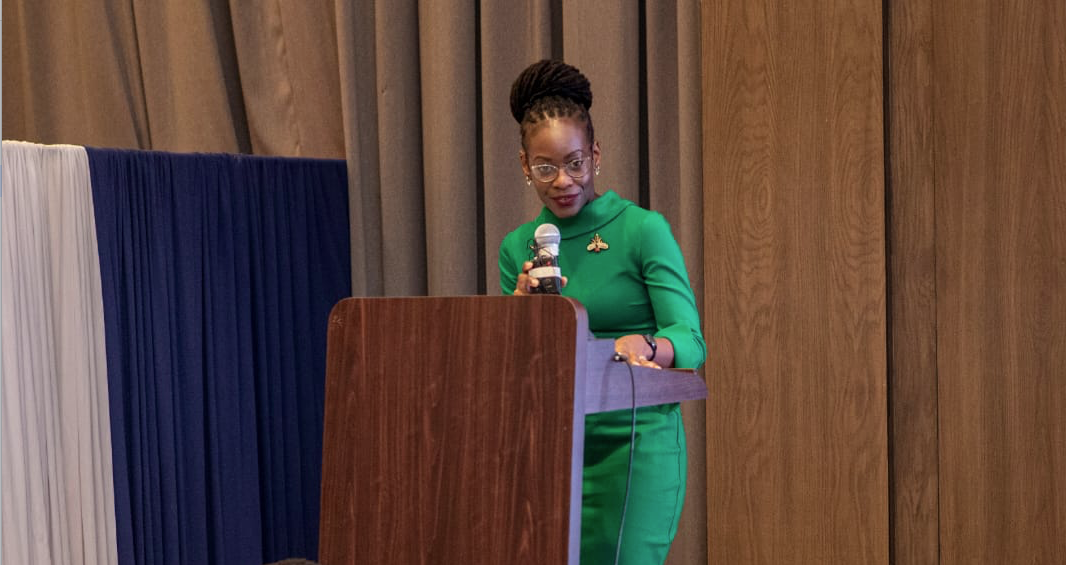
Narok County has the highest teenage pregnancy prevalence rate at 43.3 per cent, a study by Women Lobby Forum for African Women Educationalists- Kenya (FAWE-Kenya) shows.
The study further shows that child marriage is most prominent in Garissa County at 43 per cent.
The report, titled “Situational Analysis on Teen Pregnancies in Kenya,” analyses the current state of teenage pregnancies in 20 counties where FAWE-Kenya has partnered with the Mastercard Foundation to implement the Imarisha Msichana Programme.
The programme is geared towards reducing incidences of teenage pregnancy in Kenya.
The study found that teenage pregnancy among girls 15 to 18 years old stood at 27.4 per cent in the 20 counties.
Counties surveyed for the report include Nairobi, Machakos, Kiambu, Muranga, Meru, Nyeri, Garissa, Bungoma, Kakamega, Siaya, Busia, Migori, Homa Bay, Trans-Nzoia, Elgeyo Marakwet, Nakuru, Nyandarua, Turkana, Narok, and Kajiado.
The report said Kajiado had the second highest teenage pregnancy prevalence rate at 35.6 per cent followed by Turkana (34.2 per cent), while counties with the lowest teenage pregnancy rates were Nyeri (six per cent), Nyandarua (eight per cent), and Muranga (9.2 per cent).
It said Turkana came second in counties where child marriage are prominent at 38 per cent followed by Nairobi (22 per cent), and Meru (14 per cent).
The report further established that 18.6 per cent of girls in Kenya between 15 to 18 years old were in child marriages, signifying a reduction from 23 per cent recorded in 2014 (Kenya Demographic and Health Survey:2014). In contrast, only three of boys in Kenya were married before the age of 18, the report added.
The report recommends parental education, family-life counselling, school mental health programmes, law and policy enforcement at all levels, and financial assistance to girls and boys in need.
It also recommends implementing programmes in schools that increase awareness of the laws and policies on teen pregnancy in Kenya, conducting sensitisation campaigns in schools, and establishing forums in schools that empower girls to speak out.
Teresa Omondi-Adeitan, Deputy Executive Director, FAWE Africa, said the insights gained will be invaluable in shaping future interventions.
“Addressing teenage pregnancy is not just about reducing numbers, it's about transforming lives and communities,” she said.
Hannah Tsadik, acting country director at the Mastercard Foundation in Kenya, expressed confidence that the report will serve as a catalyst for action towards more inclusive economies.
“These insights reaffirm to us that early marriage and motherhood are, in fact, economic challenges. Delivering solutions to this challenge unlocks opportunities for everyone: young women, young men, and the communities they belong to,” Tsadik said.






![[PHOTOS] Ruto at Pope Francis' burial](/_next/image?url=https%3A%2F%2Fcdn.radioafrica.digital%2Fimage%2F2025%2F04%2F844cb891-abd4-4ee5-bc2d-2a0c21fa3983.jpeg&w=3840&q=100)


